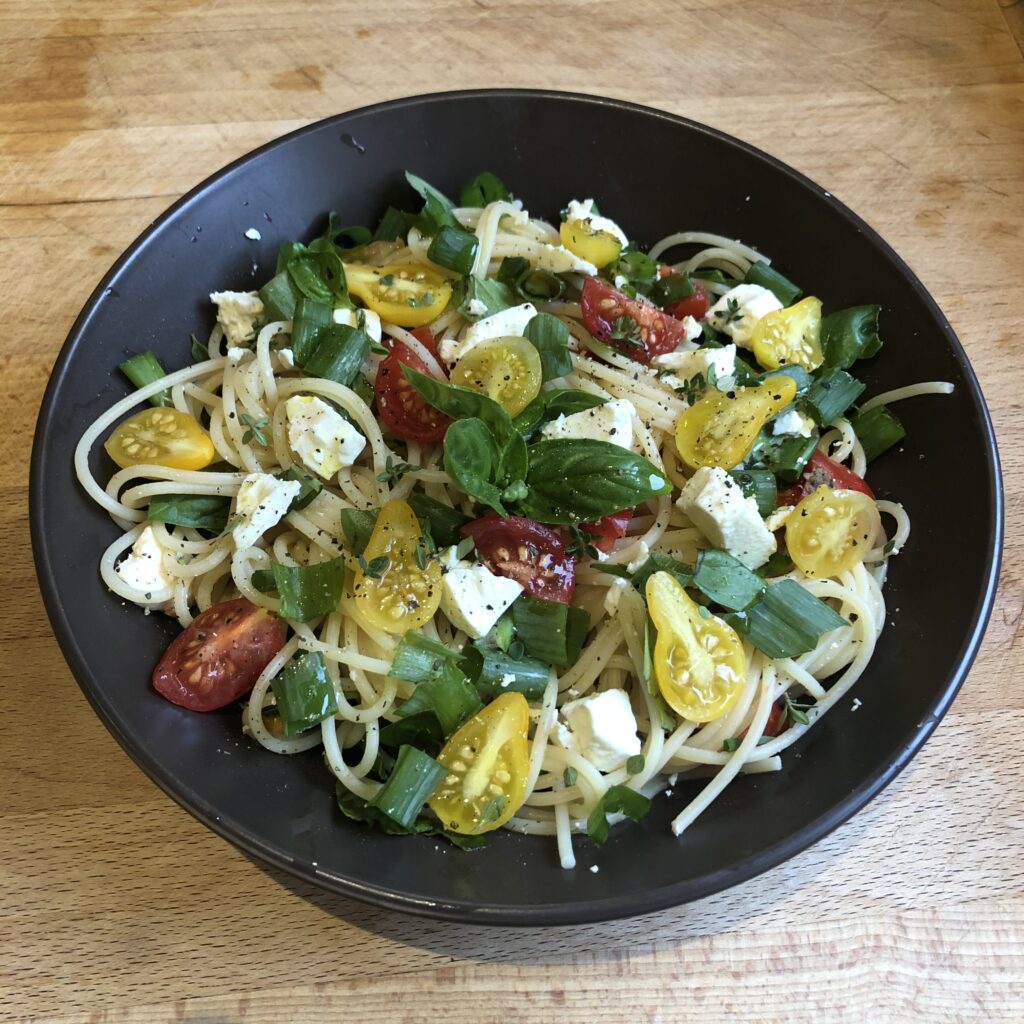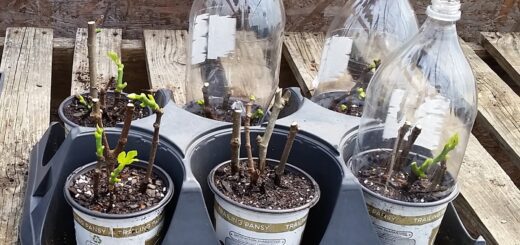What permaculture can look like in a rental property
With the recent global events that have shaken us all, we’ve noticed a dramatic increase in people interested in permaculture, as self-sufficiency has become a very real and attractive concept to those who want to avoid public spaces like supermarkets and shopping centers. But how does the average Australian, many of whom are renting and
now on reduced wages, launch into permaculture?
Living more sustainably doesn’t necessarily require expensive tools or time-consuming education: in fact, it’s hard-wired to use less not more, and can be achieved in a multitude of ways. With this in mind, we’ve jotted down a few ways to incorporate a bit of permaculture into your everyday life, without a huge outlay of cash, while living in a rental property.
Where to begin?
For the beginner, we find a great way to launch into permaculture living is to get familiar with the 12 design principles and start by applying the first of them – Observe & interact – to the life you already lead. Doing a ‘life audit’ like this allows you to reflect on the things you’re doing to live more sustainably, and identify areas where you’d like to improve. The 12 Permaculture Principles are:
- Observe and interact
- Catch and store energy
- Obtain a yield
- Apply self-regulation and accept feedback
- Use and value renewable resources and services
- Produce no waste
- Design from patterns to details
- Integrate rather than segregate
- Use small and slow solutions
- Use and value diversity
- Use edges and value the marginal
- Creatively use and respond to change
Once you know these, you can apply them to almost every aspect of your life, and before long, you’ll notice patterns.
Time to reflect
Here’s an example. Our dinner the other night was a simple, tasty pasta dish using homegrown produce. Breaking down which Permaculture Principles were involved looks like this:
- Basil grown from $1 worth of discounted seedlings that’ve been producing for 3 months; (1, 2, 3, 6)
- Leaves from our perpetual spring onion patch (we just let them keep multiplying year after year); (2, 3, 5, 6, 9)
- Thyme from a friend’s garden that we traded for hawthorn berries we foraged; (1, 2, 3, 5, 10, 11)
- Feta that’s kept in the fridge for well over a week as we’ve changed the brine in its airtight container a couple of times; (1, 6, 9)
- Mixed tomatoes grown from a 50c discounted seedling punnet (the yellow pear ones were ripened on the vine after the plant was pulled up to make room for winter crops); (1, 2, 3, 6, 9, 11, 12)
- And the most beautiful pasta packet we’ve ever seen, bought three weeks ago from our local greengrocer so we could support them when the mayhem hit supermarkets. (1, 5, 6, 7, 8, 12)
- What we grew was grown in no-dig layered pots, and trained up old bed frames & chicken wire that were rescued from the side of the road, and fertilised with worm castings created when worms processed our foodscraps in a worm farm made from rescued tubs and bricks (1, 2, 3, 4, 5, 6, 7, 8, 9, 10, 11, 12).
- Looks pretty good, eh?
- Small harvests of simple ingredients can make surprisingly luxurious meals
- End of season tomatoes – still yummy!
- Seed saving – from little things, big things grow!
You can see how you’d quickly build up an understanding of which principles you’re living, and which ones could do with a bit of work, can’t you?
So what can you do?
Because it’s always easier to start a new habit with suggestions under your belt, here’s a list of achievable actions to consider. It’s not exhaustive, and some things may not suit you, but hopefully it’s enough to get you thinking.
- Keep your eye on roadside collection piles.
Look for garden pots, trellises, chicken wire, stakes, compost bins, and worm farms. - If you can’t find big enough pots for free, ask the local greengrocer for polystyrene tubs.
These work really well as planter boxes as they’re light and insulate well, keeping soil damp and protected from temperature fluctuations. - Plant in ‘no-dig’ layers
If you’re allowed, build up garden beds on the lawn or concrete, if not (like at our current house), use pots. This isn’t the limitation you might think: we’ve got a 7 year old apricot tree in a 50cm square pot that’s moved 8 times with us, and it fruits quite happily! - Look for ‘orphan’ plants.
Garden nurseries often have marked-down plants which you can pick up for a song. Be choosey though – don’t bring home any obviously diseased or dead plants; just ones that look sad and in in need of nurturing. - Grow from seed.
Swap with friends, seed libraries, buy online. It’s so much cheaper than buying seedlings! - Build a compost heap.
- Ours is a $12 60L bin from Bunnings with the base cut out, but you can use free wooden pallets to build bigger systems.
- Recycle food scraps.
Make a worm farm with rescued tubs or PVC barrels; invest in a bokashi system; find a neighbor who has chooks. All these create free fertilizer for your garden. - Learn to forage.
Do a course, read books, ask an expert. Foraged food is free food and often chock-a-block with nutrients. - Save water.
Ask if you can install a rainwater tank, reuse bath/shower/washing machine water to water fruit trees, mulch your garden well to prevent evaporation. - Build community connections.
Check on your neighbours, chat to local groups (gardening, men’s sheds, seed-saving), share what you have surplus of, engage in a community crop swap. Social connectedness is vital at times like now, when physical distancing can leave many people feeling isolated.
- Veggies grown in found pots & trellises are easy to move
- Community corner: a place for locals to share excess seeds and produce
Seeing as we’re all mostly house-bound for the next little while, why not use your time at home to do a life audit, and then see how you might build more permaculture into your daily life. Hopefully this is helpful in getting you started!




















